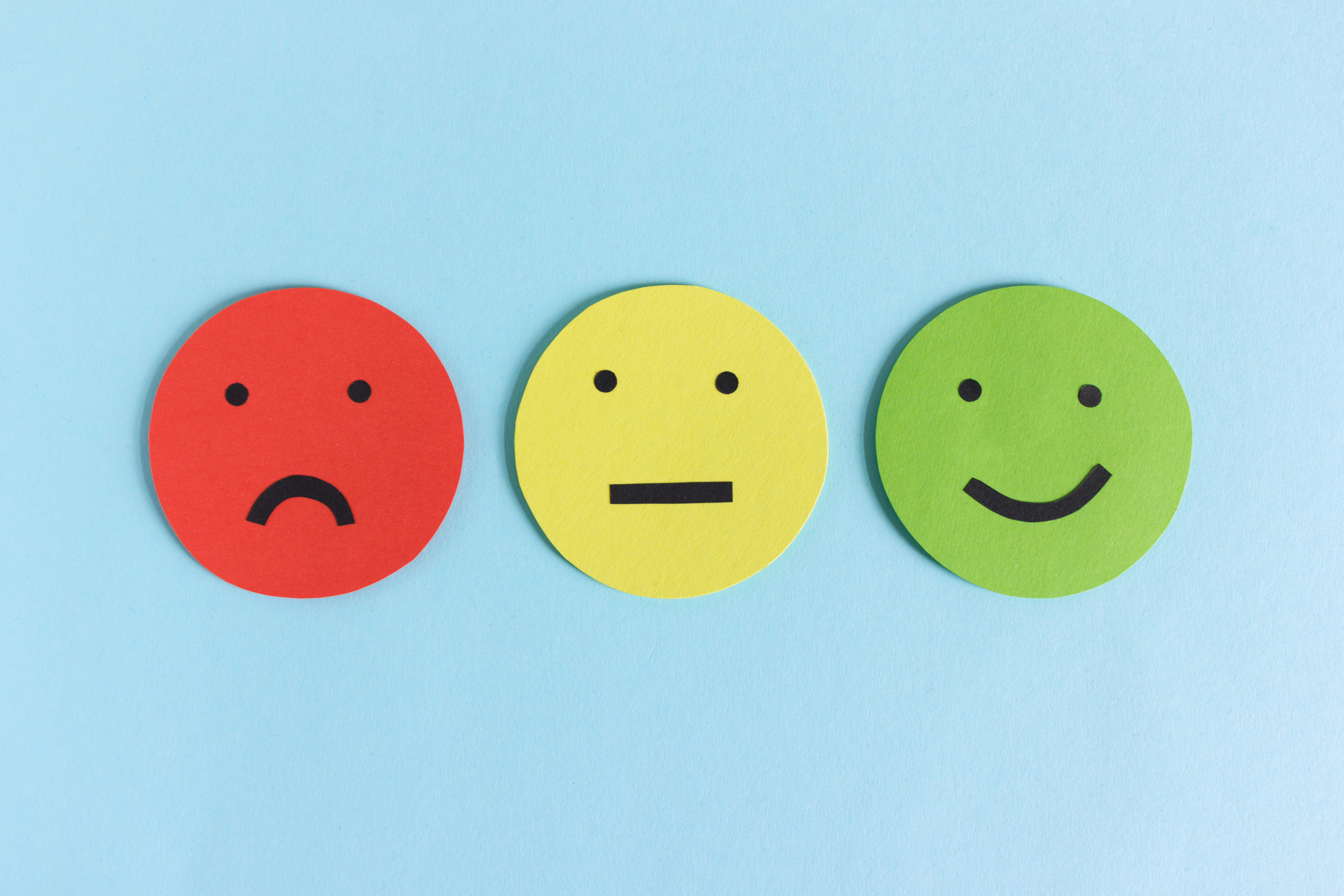We talk a lot about the importance of bringing your whole self to work, and for good reason: Science reveals that doing so can improve your mindset, help define your intentions, and give you a greater sense of fulfillment by expressing how you truly feel. While showing up with your full range of emotions can help you succeed, experts say learning how to manage those emotions can determine the difference between propelling your team forward, and holding them back.
“How a leader manages emotions is critical in determining whether the outcome for the team will be positive or negative,” Emma Seppälä, Ph.D., author of The Happiness Track and co-director of the Yale College Emotional Intelligence Project, writes in Harvard Business Review. “Research has found that people tend to regulate their emotions in one of two ways: suppression or reappraisal,” she adds. “Reappraisal, or reassessing an emotional situation, may be the most effective strategy.”
Seppälä says dumping all of your feelings onto your team can have unproductive outcomes — but by accepting your emotions and channeling them appropriately, you can help improve communication, be more compassionately direct, and foster a healthier workplace environment. Here are three research-backed techniques that will help you bring your emotions to work in a way that’s both productive and valuable.
Adopt a leadership mindset
No matter your exact role on your team, adopting a leadership mindset can help put you in a place where you see your reactions as a determining factor for the group’s success. In Seppälä’s research with Christina Bradley, a postgraduate associate at the Yale Center for Emotional Intelligence, they found that leaders who practiced emotional management were able to help their followers manage their own anger responses. Embracing this outlook can help us all use our emotions more mindfully in stressful situations. “Leaders must be able to inspire and instill confidence in their followers to help them maintain motivation and cope in the face of difficulty,” Seppälä explains. “How leaders handle these feelings can go a long way toward building — or destroying — a strong workplace climate.”
Reframe problems as challenges
Expressing your emotions can be particularly difficult when a problem comes up that feels like a crisis, Seppälä explains. She points out that if you try to reframe a problem that comes your way, you can better focus on solving the challenge, rather than getting overwhelmed by feelings of frustration and stress. “Perceiving a problem as a threat has been linked to decreased performance and motivation, as well as to increased stress levels,” she says. “Mounting evidence indicates that appraising problems as a challenge — rather than as a threat — helps people concentrate on the task at hand and consider the steps they have to take to succeed.”
Try a deep breathing exercise
Your breath can help calm you down in situations where emotions are high. Instead of suppressing those feelings, Seppälä advises taking a moment to accept them, and trying a simple breathing technique that will help recenter your mind and approach the situation with a new perspective. “An easy exercise you can do even in the middle of a meeting is to breathe out for twice as long as you inhale,” she suggests. “Inhales increase your heart rate and blood pressure while exhales slow them down.”
Follow us here and subscribe here for all the latest news on how you can keep Thriving.
Stay up to date or catch-up on all our podcasts with Arianna Huffington here.


